The following article was originally published by Emobility Engineering magazine, published April 11, 2024 Read …
How a Traxial Motor Maximizes Resource Efficiency
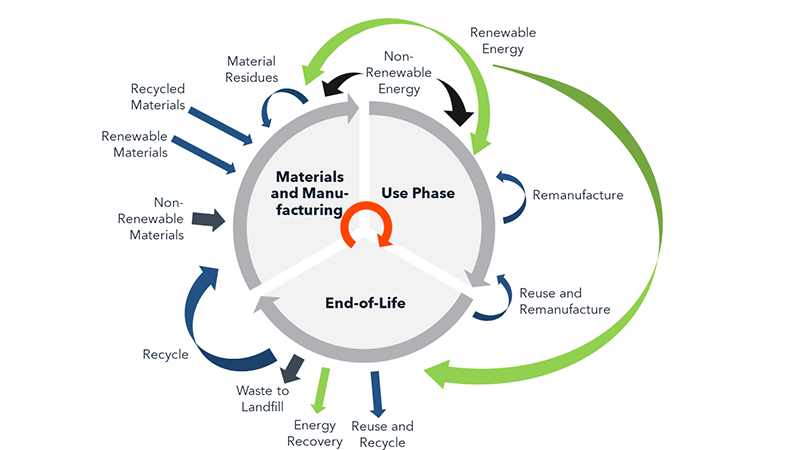
Anti-EV provocateurs often refer to the total carbon footprint, where an electric car is only as green as the source of electricity the consumer uses to charge it, and where the environmental cost of lithium-ion batteries needs to be taken into account. Luckily, the world is looking to embed more and more circular economy principles, and businesses are the driving force behind this transition. The battery industry is accelerating its efforts, with EV battery recycling plants rapidly springing up. Of course, there’s more to an EV powertrain than its battery.
To start with, an EV powertrain has 60% fewer components than a traditional ICE (Internal Combustion Engine) powertrain. This is actually the first step in the life cycle of material use: how and what raw materials are sourced and how efficiently they’re used in your design.
At Traxial, we’ve focused on the most efficient use of raw materials in the design of our electric machine as this phase is crucial to enable recycling and increase the durability of goods in order to keep them in the economy for longer. The yokeless axial flux topology in itself results in a very effective use of materials. Most of the material is used to create torque.
Active material used per unit of torque
As in all PM motors, the most expensive materials are the permanent magnets, the copper (for the windings, busbars, and other conductors), and the electrical steel (as in cores and back irons of magnetic flux conductors). The absence of coil overhangs in the Traxial design and the use of rectangular, concentrated windings lead to a reduction of copper mass. In other words, the share of the copper that is used to produce torque is maximized.
The same goes for the amount of steel in the Traxial motor. Thanks to the axial flux topology, novel stator construction, and the absence of a stator yoke, the amount of steel is significantly reduced. The impact of this becomes clear when we look at the large steel mass content in the stator yoke of a reference radial flux motor, as shown below.
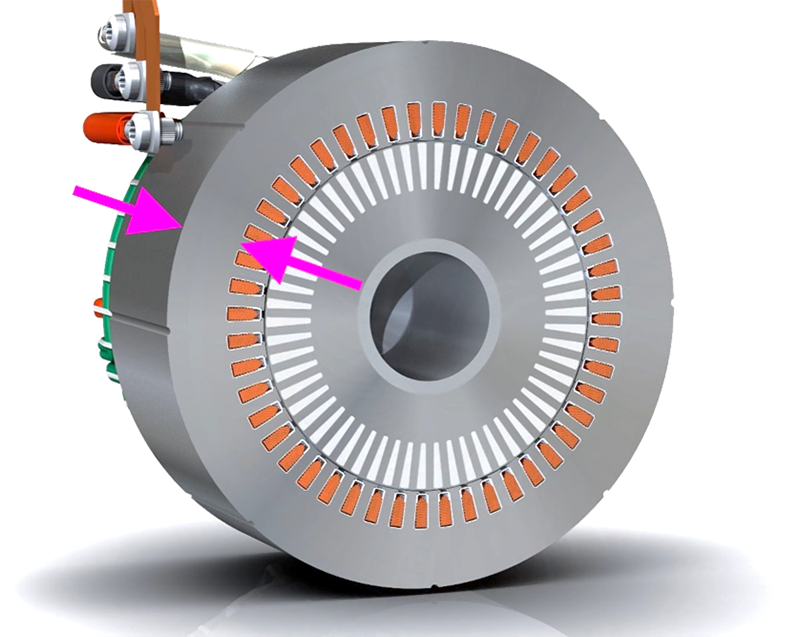
And last but not least, the hot button topic: rare earth permanent magnets. It is common knowledge that induction machines do not have any permanent magnetic material, which reduces their manufacturing cost. However, induction machines are less efficient than PMSM because they have to actively generate the rotor magnetic field by induction (which consumes power), instead of “getting it for free” from the permanent magnets. The same goes for EESM (electrically excited synchronous machines), with the difference that in these motors, the rotor field is generated by a current that runs through the rotor coils (which also consumes power).
This has huge system cost implications, especially when it comes to the need for a larger battery at an equal vehicle range: that additional battery cost is going to largely outweigh the cost saved by the absence of a rather small amount of rare earth materials in the motor. The current cost of a BEV battery is almost 50% of the total price tag of the vehicle. This is also clearly demonstrated in recent analysis from Adamas Intelligence, depicted in the figure below.
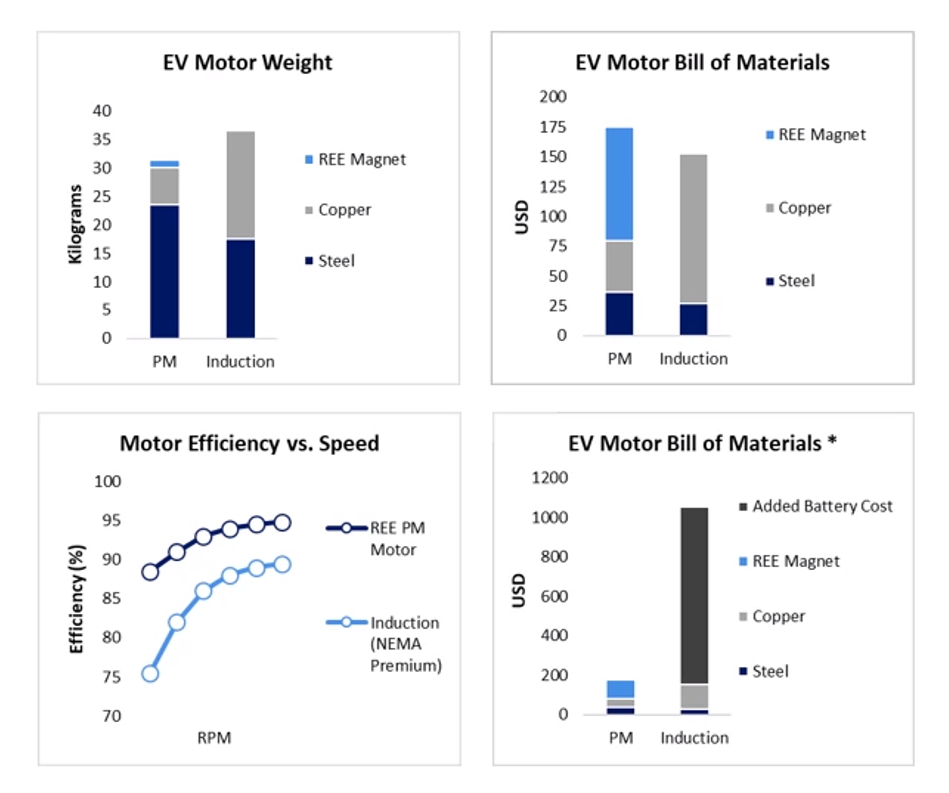
An even larger cost bonus can be obtained by replacing the typical radial flux PM motors with high-efficiency Traxial motors and a similar range will be obtained with a smaller battery.
Traxial has been careful to combine standard materials and processes with an innovative design, resulting in motors that exhibit a high level of recyclability when they reach the end of their life cycle. After all, recycling your components can be seen as the safest way to ensure a ready supply of new materials, especially if the initial materials aren’t mined in your area. Moreover, based on the current state of development, the machines can be built with scrap rates already compliant toward large-scale series manufacturing.
There are obviously multiple factors for an OEM to consider when choosing the appropriate electric motor for its next ground mobility application. Please reach out to us to discuss how we can meet the needs of your next innovation project.
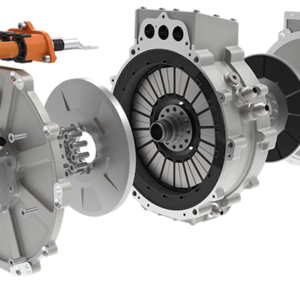
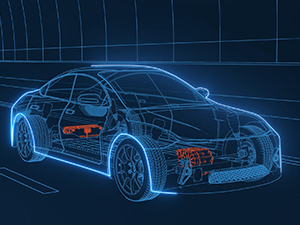
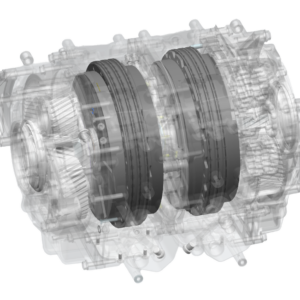
This Post Has 0 Comments